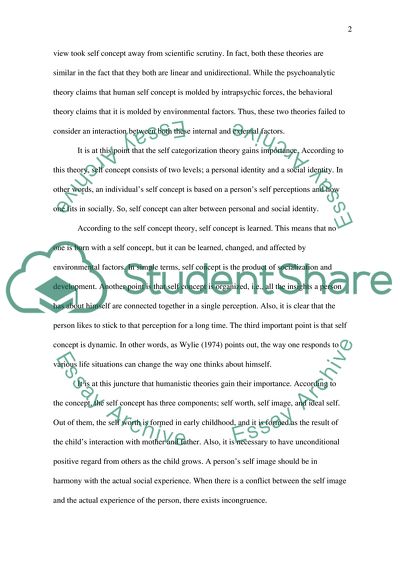Cite this document
(“Self concept Research Paper Example | Topics and Well Written Essays - 1250 words”, n.d.)
Retrieved from https://studentshare.org/psychology/1608281-self-concept
Retrieved from https://studentshare.org/psychology/1608281-self-concept
(Self Concept Research Paper Example | Topics and Well Written Essays - 1250 Words)
https://studentshare.org/psychology/1608281-self-concept.
https://studentshare.org/psychology/1608281-self-concept.
“Self Concept Research Paper Example | Topics and Well Written Essays - 1250 Words”, n.d. https://studentshare.org/psychology/1608281-self-concept.


